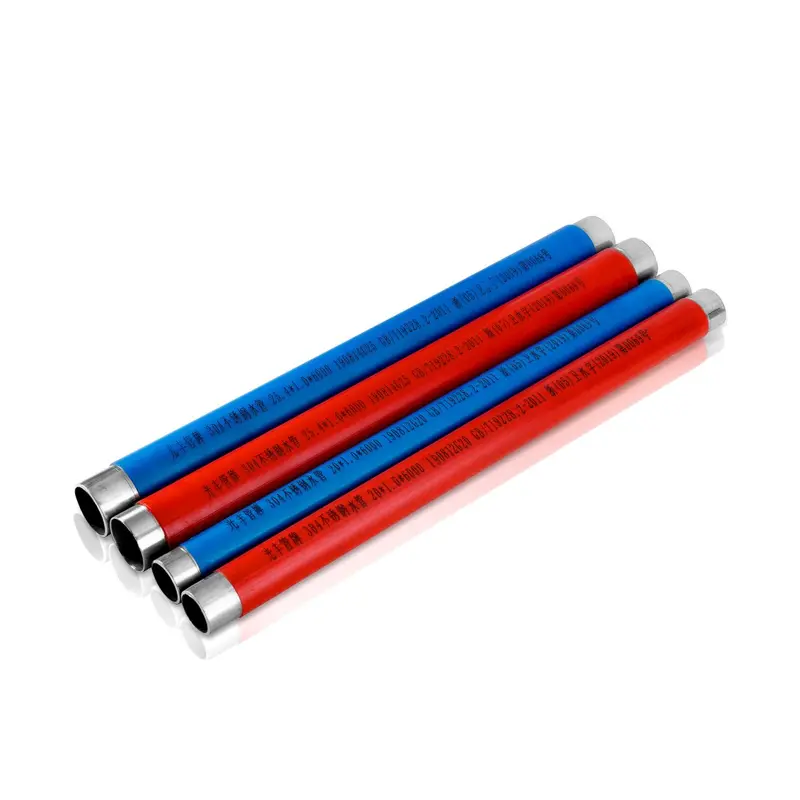Environmental Protection and Energy Consumption of Stainless Steel Pipe
2025-09-12
Stainless steel pipes are widely recognized for their durability, corrosion resistance, and versatility. However, their environmental impact and energy consumption throughout their lifecycle are also critical considerations for industries and consumers alike. This article explores the sustainability aspects of stainless steel pipes, highlighting key product parameters that make them an eco-friendly choice.
Environmental Benefits of Stainless Steel Pipes
Stainless steel pipes are highly sustainable due to their recyclability and long service life. Unlike many other materials, stainless steel can be recycled repeatedly without losing its properties. This reduces the need for raw material extraction and minimizes waste. Additionally, the longevity of stainless steel pipes means fewer replacements, leading to lower resource consumption over time.
The production process of stainless steel pipes has also become more energy-efficient over the years. Advanced manufacturing technologies and the use of electric arc furnaces (EAFs) have significantly reduced energy consumption and greenhouse gas emissions. Moreover, many manufacturers now incorporate recycled content into their production, further enhancing the environmental profile of stainless steel pipes.
Key Product Parameters
To ensure optimal performance and sustainability, it is essential to understand the key parameters of stainless steel pipes. Below is a detailed list and table summarizing these parameters.
List of Key Parameters:
-
Material Grade: Common grades include 304, 316, and 410, each offering different levels of corrosion resistance and strength.
-
Size Range: Available in various diameters and thicknesses to suit multiple applications.
-
Surface Finish: Options include polished, brushed, or mill finish, affecting both aesthetics and functionality.
-
Corrosion Resistance: Determined by the chromium and nickel content, crucial for longevity in harsh environments.
-
Recycled Content: Many pipes contain up to 60-70% recycled material, reducing their environmental footprint.
Table of Stainless Steel Pipe Specifications
| Parameter | Details |
|---|---|
| Material Grade | 304, 316, 410, etc. |
| Size Range | 1/8" to 48" in diameter, custom lengths available |
| Wall Thickness | 0.5mm to 20mm, depending on application requirements |
| Surface Finish | Polished, brushed, mill finish, or customized |
| Corrosion Resistance | High resistance due to chromium (10-30%) and nickel (2-20%) content |
| Recycled Content | Typically 60-70%, contributing to sustainability |
| Energy Consumption | Lower than many alternatives due to efficient production methods |
Energy Consumption in Production
The energy required to produce stainless steel pipes has decreased significantly thanks to technological advancements. The use of EAFs, which melt recycled scrap metal, consumes less energy compared to traditional blast furnaces. Additionally, many manufacturers employ heat recovery systems to capture and reuse energy during production, further reducing overall consumption.
Conclusion
Stainless steel pipes offer an excellent combination of environmental benefits and performance. Their recyclability, durability, and energy-efficient production make them a sustainable choice for various industries. By understanding the key parameters, consumers can select the right stainless steel pipe for their needs while supporting environmental protection efforts.
If you are very interested in Guangfeng Industrial's products or have any questions, please feel free to contact us.
